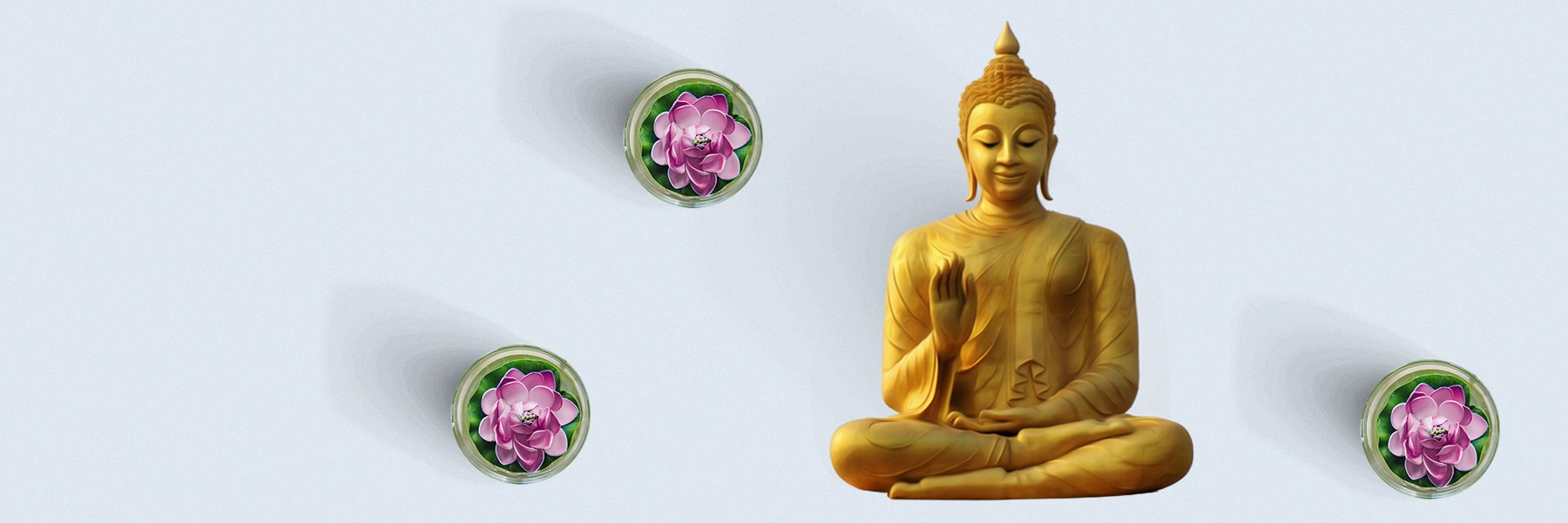
Sorry, we couldn't find anything that matches your search.
Destination

Famous Places to Explore in Hyderabad
A vibrant city with the imposing...

Raipur Tourist Places | Best Place to Visit
The stronghold of several erstwhile...

Ahmedabad
Declared as India's first UNESCO World...
#
Rani ki Vav
Rani-ki-vav or the Queen's Stepwell, is one of the many UNESCO World Heritage Sites that the state of Gujarat is home to. Situated on the banks of Saraswati river, this stunning architectural marvel was constructed by Rani Udayamati in the memory of her husband, king Bhima I, of the Chaulukya or Solanki dynasty (950-1300 CE).
A fine specimen of the Maru-Gurjara style of architecture, UNESCO describes the stepwell as one which displays "height of craftsmen's ability in stepwell construction". It has been designed as an inverted temple and is divided into seven levels interconnected with stairs that boast sculpted panels of unmatched artistic excellence. Out of the seven, the fourth panel is the deepest and leads into a rectangular tank, measuring 9.5 m by 9.4 m, with a depth of 23 m.

Sahastraling Talav
Also known as Sahastra linga Tank or Sahasra linga Talav, this man-made tank has been built on the Durlabh Sarovar (lake). Constructed in the medieval times, it was commissioned by the Solanki or Chaulukya dynasty. The tank is among the biggest waterfront constructions made during the Solanki period in 1084. It is a fine example of engineering of that time, and one would be left in awe of the process by which water was taken from River Saraswati. One can see how the channels were cleverly carved into stone inlets, to allow the water to collect and then flow into the tank. The Sahastra king, Talav, is also said to have inbuilt natural filtration to clean the water!
The reservoir looks like a work of art as intricate carvings of deities grace its walls and columns. The monument is protected by the Archaeological Survey of India (ASI) today.

Bindu Sarovar, Matru Tarpan place, Siddhpur
Sidhpur, also Siddhpur, is located of the banks of River Saraswati. Located in the Patan district, it is the headquarters of the Siddhpur taluka. The town is a revered site dotted with temples, kunds, ashrams and other sacred structures. The Bindu Sarovar is an ancient stepwell located in the Matru Tarpan Place here. It is one of five most holy and ancient lakes in India. The sarovar is mostly visited by people who want to perform the last rites of their mothers. Bindu Sarovar is one of the most flocked spots for doing "Pind daan", a Hindu practice which is done to ensure that the ancestors rest in peace. According to Hindu tradition, Siddhpur, also known as Matrugaya Tirth is famous as a place where a son can repay his debt towards his mother.

Vadnagar
Vadnagar is a village that dates back to the 7th century and is home to a Buddhist monastery that was built somewhere between the 2nd and 7th century AD. The popular monastery is known for its stupas and also has an open central courtyard. Nine cells constructed around the monastery were raised in such a manner that they created a pattern resembling the swastika, a holy Hindu symbol. Vadnagar is also known for its beautiful torans or arches. Built of red and yellow sandstone and standing at a height of 40 ft, Kirti Toran is the most popular.
The village finds a mention in the travelogues of Chinese traveller, Hiuen Tsang, who had arrived in India during the 7th century. It has also been mentioned in the Puranas, ancient Hindu texts. Vadnagar is the birthplace of the Prime Minister of India, Narendra Modi.








